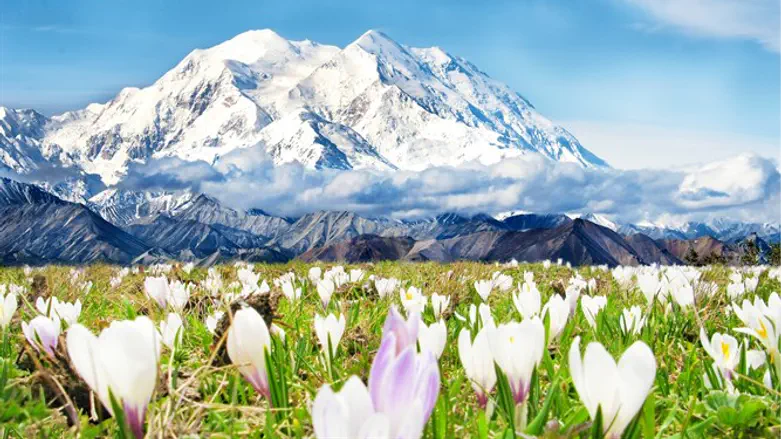
A team of scientists has discovered over 30 ancient viruses in two samples of ice recovered from the Tibetan Plateau in China.
Most of the frozen viruses were unknown to modern science.
The scientists’ findings were published Wednesday in the journal Microbiome. The 2015 samples from the Guliya ice cap in western China came from ice cores that the researchers said were at least 14,400 years old.
When the scientists studied the ice, they discovered genetic markers for 33 different viruses. Four of the genetic codes were for a family of viruses that usually infect bacteria. As many as 28 of the markers were novel viruses, meaning they had not been seen before.
"These glaciers were formed gradually, and along with dust and gases, many, many viruses were also deposited in that ice," said Zhi-Ping Zhong, lead author of the study and a researcher at Ohio State University Byrd Polar and Climate Research Center, in a statement. "The glaciers in western China are not well-studied, and our goal is to use this information to reflect past environments. And viruses are a part of those environments."
It was likely that the viruses did not originate from animals or humans, but rather from the soil or from plants.
Half the viruses survived because they thrived in the icy temperatures of the plateau.
“These viruses have signatures of genes that help them infect cells in cold environments – just surreal genetic signatures for how a virus is able to survive in extreme conditions,” said Matthew Sullivan, the director of Ohio State’s Center of Microbiome Science and co-author of the study.
“These are not easy signatures to pull out, and the method that Zhi-Ping developed to decontaminate the cores and to study microbes and viruses in ice could help us search for these genetic sequences in other extreme icy environments -- Mars, for example, the moon, or closer to home in Earth's Atacama Desert."
